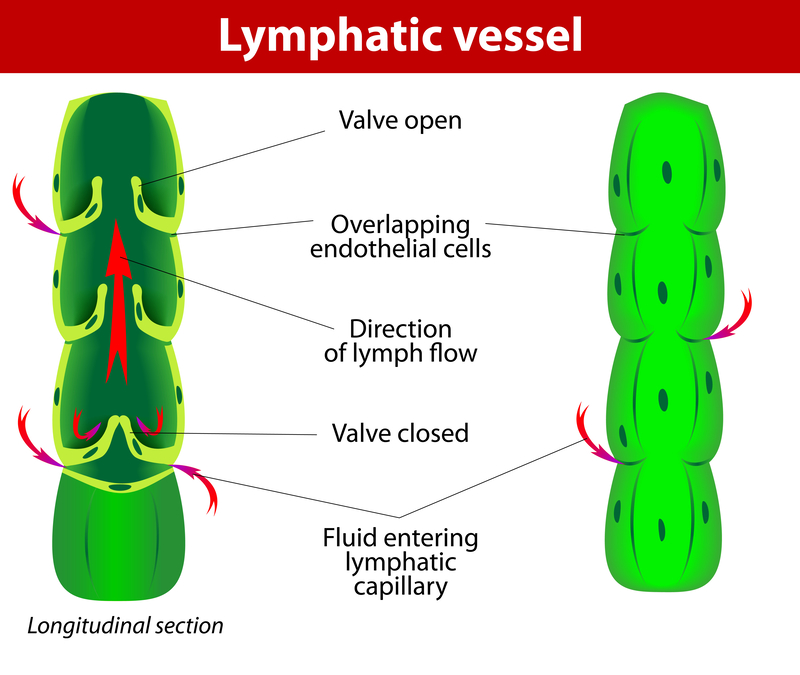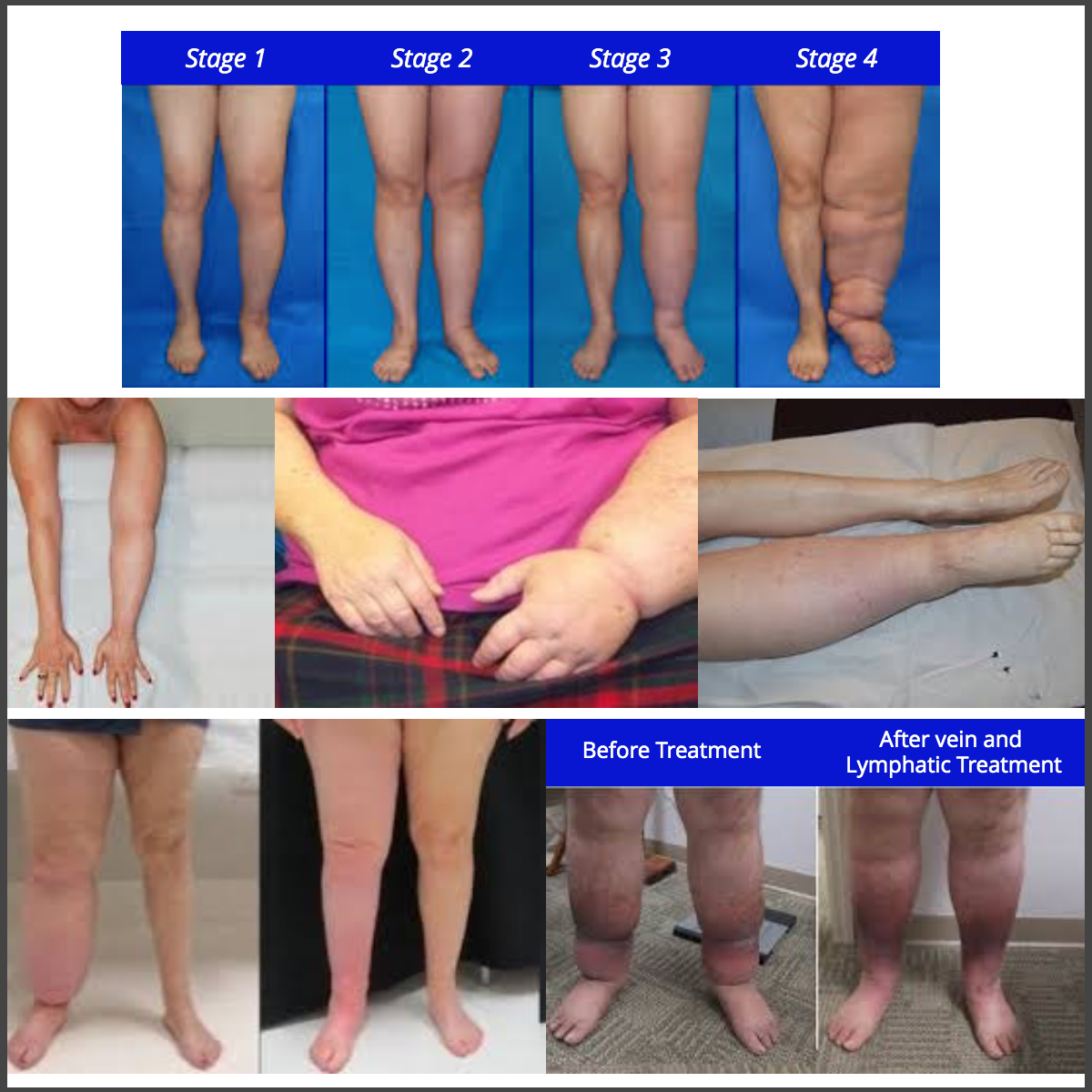Sue Wells of Regent Therapy writes for Institute of Sport & Remedial Massage

With thanks to Author, Sue Wells of Regent Therapy in Southampton and to the ISRM The Institute of Sports and Remedial Massage for their kind permission to reproduce this article in PhysioPod Latest News.

Human movement – Fascination and preservation
I never had myself down as becoming a therapist when I was young. As a teenager I had decided to become a world famous choreographer and radically change the way Ballet was taught, but as you won't have heard of me you can safely assume that dream never materialised. I did, however, train at the Royal Ballet School in London and taught for 37 years, becoming ever more fascinated with the human body and how it moves.
Over the years I realised that childhood injuries had a nasty habit of catching up with me and, after having been hospitalised with a prolapsed disc in my early thirties, learned that I had Spina Bifida Occulta, which in my case presented as a malformation of the L1 vertebra. Medical advice was "don't flex, extend or rotate more than a few degrees or you could end up in a wheelchair." This was seriously daunting news but I ignored the advice… and am still walking!
My efforts to keep mobile led me to various therapies including osteopathy, reflexology, massage, acupuncture, shiatsu and many more. As the years passed I realised that massage-based techniques and cranial osteopathy were among the most logical and effective treatments for me (I know, I'm a slow learner!).
From “seeing” to “feeling” and “changing” tissue/movement
To help me understand better the functioning of the musculoskeletal system, I signed up for an introductory weekend course of massage with the LSSM. The idea was to put myself in a position to improve my self-help strategy, but learning palpation and various massage strokes opened up a whole new world for me. I could feel and understand soft tissue.
I promptly signed up with LSSM to do the full Sport and Remedial Massage course (now the Diploma in Soft Tissue Therapy), qualifying in 2008. I was in seventh heaven until I realised that deep tissue work could be a little hard-going on a fifty-something with bilateral hip replacements plus arthritic hands and elbows (yes, I'm still a slow learner and with little foresight!).
Undeterred, I revelled in the way I was able to rid people of pain, give them freer movement and, in one lady, help the return of sensation after paralysis.
MLD: A light bulb moment?
Finally, the voice of reason penetrated my brain when my former LSSM tutor and friend Tanya Ball suggested I look at Manual Lymphatic Drainage (MLD) as it was gentle on the hands and could be an excellent foil to the deep tissue work. "Daft" I thought. Then I researched it a little. "Not so daft" I thought.
Luckily, there was a course quite near me in Lymington, so I signed up, not knowing much about the lymphatic system or the techniques involved. I studied the Dr Emil Vodder method which is widely recognised and keeps to the original form as devised by Dr Vodder and his wife, Dr Estrid Vodder, in the 1930s.
What an eye-opener! The massage consists of disciplined routines of gentle, pumping actions which stimulate the lymphatic system to speed up removal of waste products, toxins and excess fluid from the tissues. You work at skin depth most of the time and when you tune into it, a whole new world opens up. You become sensitive to feeling where fluid is collecting, when it starts moving, and where there are blockages.

The initial lymph vessels are found in the dermis. Their job is to absorb fluid and proteins from the interstitium passing it to the Pre-Collectors which have valves that open and close using diffusion, osmosis and filtration. This is why massage and compression are so effective in stimulating the process by their “pumping” action.
Training in MLD
There are four qualification levels in the Dr Vodder technique.
Levels One and Two teach you how to massage people with healthy lymphatic systems, so it is an excellent detox, promotes the healing of fractures, torn ligaments, and sprains, plus it is remarkably effective when used pre- and post-surgery (including cosmetic surgery), accelerating the healing process. The entire body can be treated including the head. I picked up the style of massage quite quickly, finding it as deeply relaxing for me as for my clients.
Level Three add the skills necessary to help people who have had lymph nodes removed or have otherwise damaged or inefficient lymphatic systems. These clients are often post-cancer surgery patients and usually suffer from lymphoedema, so they have swelling of some part or parts of the body. With these cases the therapist will give daily sessions using MLD massage, very specific bandaging, and help select compression garments. This is called Complex (or Combined) Decongestive Therapy (CDT).
As well as lymphoedema, people often develop complications resulting from scarring, which blocks the flow of lymph as well as distort connective tissue. Even physical trauma such as a broken bone, any surgery or even having a tattoo made may disrupt the lymphatic system.
MLD can divert lymph flow around damaged tissue and blockages to find new pathways enabling it to exit the body in the usual way via the kidneys.

I must say that these conditions are sometimes not easy to look at, but people have to live with them for the rest of their lives and need treatment. "Not for me" I thought. Wrong again!
Challenging? Sometimes, Rewarding? Definitely!
It is so rewarding when you manage to find a way around a specific problem such as reducing the size of a leg, for example. These clients are often dealing with life-threatening conditions and suffer from the heaviness, tightness and poor quality skin, reduced movement, and pain that comes with excess fluid, not to mention the trouble getting clothes and shoes to fit. I expected people with long-term, incurable conditions to be depressing to work with, but I was wrong (again)! We laugh at the sheer absurdity of what we are doing and the situations we find ourselves in, so I finish sessions feeling uplifted and privileged to be doing this work.
Incredible though it may seem, both lymphoedema and lipoedema remain largely undiagnosed until they become a major problem. Most of my clients would have had these conditions for eight or more years before being referred to a specialist. This means that they can far too easily develop secondary conditions such as leg ulcers or lymphorrhea.
NHS vascular clinics appear to be struggling to cope and patients are usually offered only one half-hour appointment every six weeks or so, with rather basic compression garments. Add to this the relatively small number of qualified MLD practitioners “out there”, and you can understand the problem. We have some excellent and talented experts in this country but there is so much more we could do.
A broad spectrum of skills literally at my fingertips!
From starting out not believing that such a gentle massage could possibly achieve anything, to seeing the results I can gain, has been a truly amazing period in my life. When doing an intensive course of treatment (usually referrals from the NHS and funded by them), you treat the same person every day for three weeks, which gives you the opportunity to build a unique relationship with them and attain a deeper understanding of their body.
Seeing the joy and relief they express when we remove a litre or more of fluid from a leg so they can wear certain clothes again, move more easily, or see their ankles for the first time in months, is fantastic.
I'm now using MLD, deep tissue techniques, kinesiology taping, and DEEP OSCILLATION® on my patients and loving the results. I have a broad spectrum of skills literally at my fingertips and I truly believe my clients benefit greatly from the mix. I know that my back, hips and hands benefit from the variety and I have only one negative - why on earth didn't I do all this sooner?
For further information, visit:
MLD UK
Lipoedema UK
BLS
1. Interstitium: a fluid-filled space within a tissue or organ
2. Pre-collectors: collect and channel lymph fluid into the larger collectors
3. Lymphoedema: a condition of localised fluid retention and tissue swelling caused by a compromised lymphatic system
4. Lipoedema: a long-term condition where there is an abnormal build-up of fat cells in the legs, thighs, buttocks and sometimes in the arms.
5. Lymphorrhea: the flow of lymph from disrupted lymphatic channels that drains externally through the skin.

